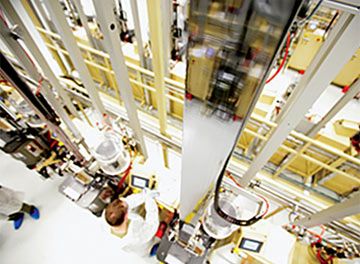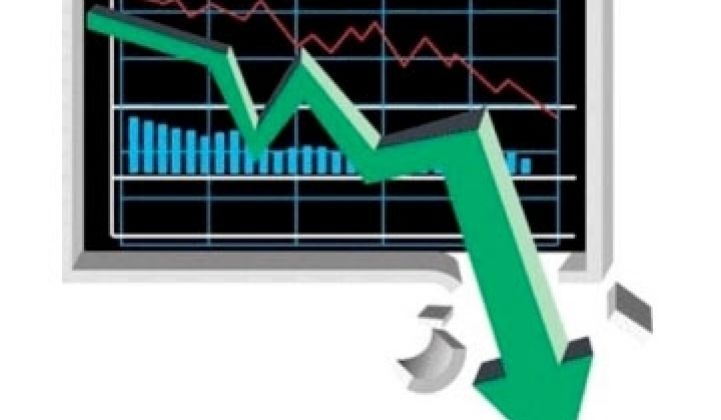Ten years ago, Evergreen Solar had a successful IPO. Venture investors like Nth Power did very well in that liquidity event.
The solar industry in 2000 was tiny compared to the current market, totaling somewhere in the 175 megawatt range, a figure that pales in comparison to the approximately 12 to 15 gigawatts that will ship in 2010. At the time, Evergreen's string ribbon technology seemed to offer an innovative, lower-cost alternative to conventional crystalline silicon growth with the potential to lower the amount of silicon per watt.
But a decade of scaling-up and innovation across the solar value chain would appear to have left the once-lauded Evergreen behind.
In 2009, Evergreen started closing down domestic module production and auctioning off equipment.
That same year, faced with a now non-competitive cost-structure, the firm began moving module manufacturing to a Chinese contract manufacturer.
Sales for the year 2009 were $271.8 million. According to their annual report, total panel cost was about $2.05 per watt in the fourth quarter 2009, down from $3.19 in the first quarter of
the year. And that's too much.
Revenues for the first quarter of 2010 were $78.5 million. Gross margin for the first quarter of 2010 was 7.7 percent, compared to 11.9 percent in the fourth quarter of 2009. "The decrease in gross margin was due to the decrease in average selling prices," states the quarterly report in a moment of incisive analysis. Operating loss for the first quarter was $14.1 million, compared to $21.1 million for the fourth quarter of 2009. Net loss for the first quarter of 2010 was $23.9 million compared to $98.4 million in the fourth quarter of 2009. Net loss in the fourth quarter includes approximately $56.3 million of impairment charges associated with the company's investment in Sovello.
In early 2010, Sovello, the Q-Cells-Evergreen-REC joint venture, on the verge of bankruptcy, was sold to German private equity firm Ventizz Capital.
Early this month, with the stock price at $0.75 as of Friday, July 9, Evergreen "received a deficiency letter from the NASDAQ Stock Market stating that, based on the closing bid price of the Registrant’s common stock for the last 30 consecutive business days, the Registrant no longer meets the minimum $1.00 per share requirement for continued listing on the NASDAQ Global Market under Marketplace Rule 5450(a)(1)" (this info was gleaned from the SEC 8K filing). Evergreen has a grace period of 180 calendar days, or until December 28, 2010, in which to regain compliance with the minimum bid price rule.
Also from the SEC filing:
As a possible means of regaining compliance, Evergreen's board of directors has asked that stockholders approve a 1-for-6 reverse stock split at the annual meeting of stockholders to be held on July 27, 2010. If the reverse split is approved by the stockholders and then adopted by the board of directors, the bid price of the Registrant’s common stock should increase sufficiently to achieve compliance with the minimum bid requirements.
So, the reverse stock split will get the share price over a dollar, but will in no way address the fundamental deficiencies in Evergreen's cost structure.
Over the past year, Evergreen's shares have traded between $0.62 and a 52-week high of $2.43. Shares are now trading with a P/E Ratio of 0, an EPS of -1.18 and a market cap of $156 million.
Judging from the SEC insider trading form, Evergreen's directors and staff have been selling their shares a lot more than purchasing stock in their company. Evergreen Solar needs to act decisively or they will find themselves off the NASDAQ exchange and on the penny stock OTC BB.
The Evergreen saga is illustrative of the falling costs in this market, the questionable value and differentiation of an innovative process that doesn't come along with innovative pricing -- and a grave warning to any solar module company with stubbornly high cost structures.




